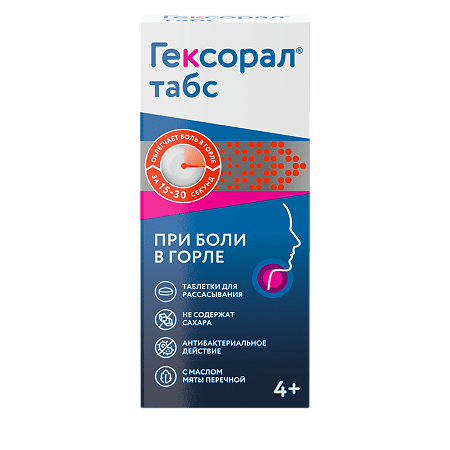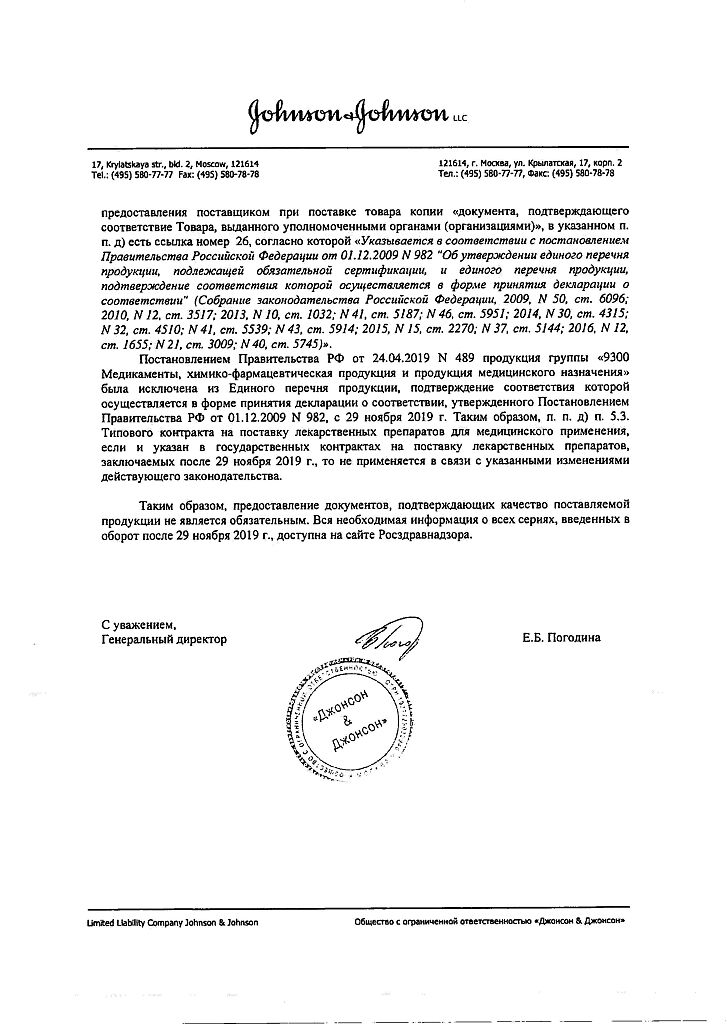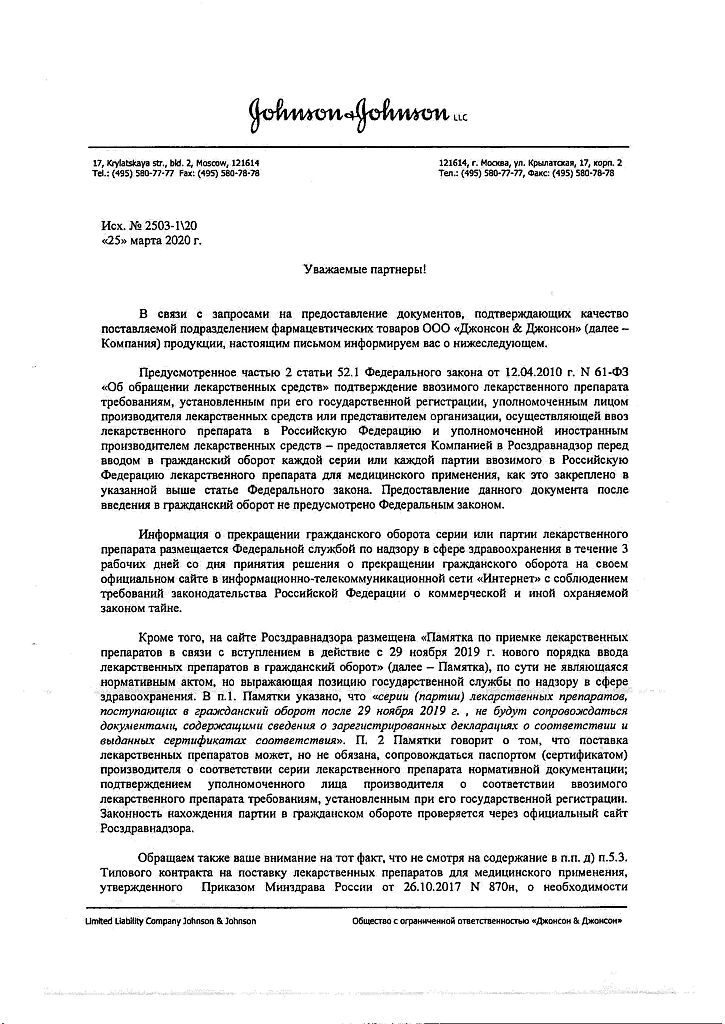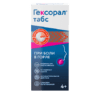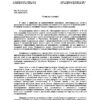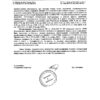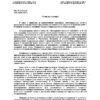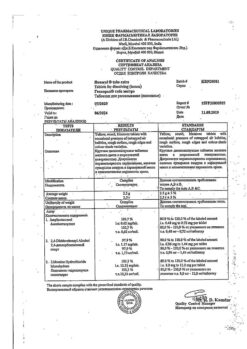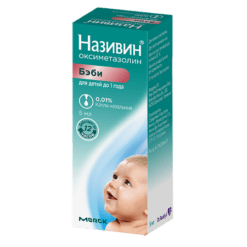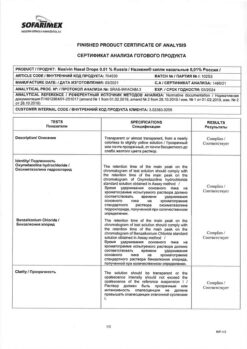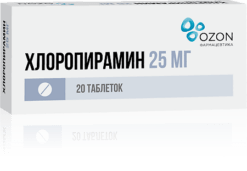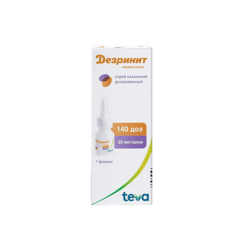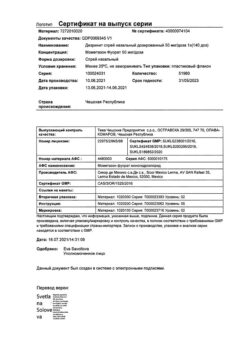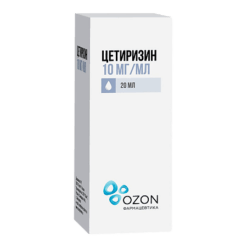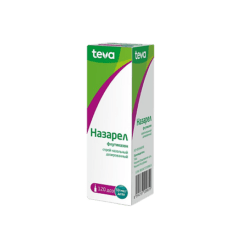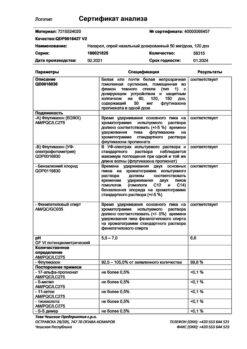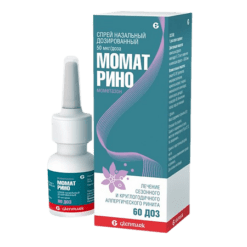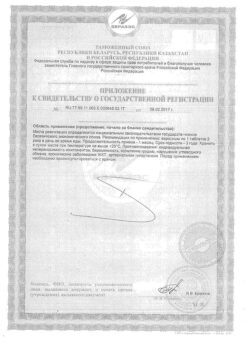No products in the cart.
Hexoral tablets, tablets 20 pcs
€6.64 €5.53
Out of stock
(E-mail when Stock is available)
Description
Stomatitis, Inflammation of the gums, Inflammation in the mouth, Pharyngitis, Angina, Sore throatInfectious and inflammatory diseases of the throat or oral cavity:
– Pharyngitis, angina and other inflammatory diseases of the throat;
– Stomatitis;
– Gingivitis.
Indications
Indications
Infectious and inflammatory diseases of the throat or mouth:
• pharyngitis, sore throat and other inflammatory diseases of the pharynx;
• stomatitis;
• gingivitis.
Special instructions
Special instructions
Benzocaine may cause methemoglobinemia. This condition is manifested by such symptoms as a change in the color of the skin, lips and nail beds to a gray or blue color or their paleness; headache, lightheadedness, shortness of breath, fatigue and tachycardia.
The appearance of these symptoms indicates the presence of moderate to high amounts of methemoglobin and a significant decrease in the oxygen transport function of the blood.
Children and elderly patients may be at higher risk of developing methemoglobinemia.
In children, the drug should be used under adult supervision.
The drug contains aspartame, which is a derivative of phenylalanine, which is dangerous for patients with phenylketonuria.
The use of the drug is contraindicated in the presence of wounds and ulcerative lesions of the mouth or throat.
Caution should be exercised when using the drug in young children and in persons with aspiration or swallowing problems due to the risk of choking.
If the medicine has become unusable or has expired, do not throw it into wastewater or onto the street! Place the medication in a bag and place it in the trash. These measures will help protect the environment!
Active ingredient
Active ingredient
Benzocaine, Chlorhexidine
Composition
Composition
1 tablet contains:
Active substances:
chlorhexidine dihydrochloride – 5 mg,
benzocaine – 1.5 mg.
Excipients:
isomalt – 2243.681 mg,
peppermint oil – 0.9 mg,,
menthol – 0.645 mg,
thymol – 0.045 mg,
aspartame – 2.29 mg,
purified water – 45.789 mg.
Pregnancy
Pregnancy
There is no sufficient experience with the use of the drug in pregnant and lactating women.
The use of Hexoral® Tabs during pregnancy and lactation is possible only in cases where the expected benefit to the mother outweighs the potential risk of harm to the fetus and child.
Contraindications
Contraindications
Hypersensitivity to any of the components of the drug;
wounds and ulcerative lesions of the mouth or throat;
low concentration of cholinesterase in blood plasma;
phenylketonuria;
children under 4 years of age.
Side Effects
Side Effects
Adverse reactions identified during post-registration use of the drug were classified as follows: very common (≥10%), common (≥1%, but <10%), not common (≥0.1%, but <1%), rare (≥0.01%, but <0.1%), very rare (<0.01%), frequency unknown (frequency cannot be determined) estimated based on available data).The following adverse reactions have been classified according to1) data from clinical or epidemiological studies, or2) in cases where the number of cases is unknown or information about an adverse reaction is identified during the analysis of literature data, “Frequency unknown” is indicated.Based on spontaneous reports of adverse reactions*Gastrointestinal disorders. Frequency not known: decreased sensitivity of the oral mucosa, temporary numbness of the tongue, taste disturbance (dysgeusia), discoloration of teeth, discoloration of the tongue (reversible), discoloration of silicate and composite materials for dental restoration, formation of dental plaque (tartar), stomatitis, detachment of the oral mucosa, glossodynia, enlargement of the parotid salivary glands.Immune system disorders. Not known: hypersensitivity reactions (including severe allergic reactions, urticaria, angioedema, anaphylactic reactions, anaphylactic shock).Disorders of the blood and lymphatic system. Frequency unknown: methemoglobinemia.*According to literature data.If any of the side effects indicated in the instructions get worse, or you notice any other side effects not listed in the instructions, tell your doctor.
Interaction
Interaction
Benzocaine, due to the formation of its metabolite 4-aminobenzoic acid, reduces the antibacterial activity of sulfonamides and aminosalicylates.
Sucrose, polysorbate 80, insoluble salts of magnesium, zinc and calcium reduce the effect of chlorhexidine.
Overdose
Overdose
When used correctly, an overdose of the drug is impossible, since chlorhexidine is practically not absorbed into the blood, and the amount of benzocaine absorbed is extremely small.
Chlorhexidine
Chlorhexidine hydrochloride is poorly soluble in water; all cases of overdose have been described only when taking chlorhexidine gluconate, which is highly soluble in water. In these cases, damage to the mucous membrane was noted upon direct contact with chlorhexidine gluconate, as well as a systematic, reversible increase in the concentration of liver enzyme. There is no specific treatment.
Benzocaine
Overdose is only possible if used incorrectly.
Symptoms: possible toxic effect on the central nervous system, manifested initially by tremor, vomiting, convulsions, and later by depression of the central nervous system. Due to respiratory depression, coma is possible. High toxic concentrations cause bradycardia, atrioventricular conduction block and cardiac arrest. Benzocaine can cause methemoglobinemia (especially in children), accompanied by suffocation and cyanosis.
Treatment: induce vomiting and rinse the stomach. It is possible to prescribe activated carbon.
In case of hypoxia and anoxia, artificial respiration with oxygen support is recommended; in case of cardiac arrest, cardiac massage is recommended.
For convulsions, diazepam or fast-acting barbiturates are prescribed (contraindicated in anoxic convulsions); in especially severe cases, suxamethonium chloride is used after intubation and artificial respiration. Blood circulation must be maintained by administering blood plasma or electrolyte solutions.
For methemoglobinemia, up to 50 ml of a 1% solution of methylene blue can be used intravenously.
Clinical pharmacology
Clinical pharmacology
Pharmacodynamics:
The dual effect of the drug is due to the presence of two active ingredients. The antibacterial activity of the drug is due to the presence of chlorhexidine. The action of a local anesthetic – benzocaine – reduces pain symptoms.
Chlorhexidine
Chlorhexidine has a broad antibacterial spectrum of action against gram-positive and gram-negative bacteria; acts by destroying the cytoplasmic membrane of the bacterial cell. Low effectiveness against yeast fungi, dermatophytes, mycobacteria, some species of Pseudomonas and Proteus.
Chlorhexidine is most effective in a neutral or slightly alkaline environment. In an acidic environment, its activity decreases. Effectiveness is reduced in the presence of soaps, blood and purulent secretions.
The use of lozenges with chlorhexidine leads to a significant reduction in the content of bacteria in saliva. The use of chlorhexidine for several months is accompanied by a decrease in its effectiveness due to a decrease in the sensitivity of bacteria.
Benzocaine
Benzocaine is a well-known local anesthetic that provides quick and lasting relief from pain in the mouth and throat. Benzocaine penetrates through the lipophilic regions of the cell membrane and acts on peripheral pain receptors of the mucous membrane and skin. The anesthetic effect of benzocaine occurs within 15–30 seconds; as the substance is diluted with saliva, the anesthetic effect gradually decreases (within 5–10 minutes).
Pharmacokinetics:
Chlorhexidine
There is no clinical data on the absorption of chlorhexidine through the human oral mucosa. Chlorhexidine can persist in saliva for up to 8 hours.
Benzocaine
Benzocaine is slightly soluble in water, which causes its slow absorption. Like all ether derivatives of para-aminobenzoic acid, it is cleaved by esterase in the blood plasma and liver. As a result, para-aminobenzoic acid and ethyl alcohol are formed, which is metabolized to acetyl coenzyme A. Para-aminobenzoic acid is conjugated with glycine or excreted unchanged by the kidneys.
Short product description
Short product description
Wide range of flavors
Storage conditions
Storage conditions
Store at a temperature not exceeding 25 °C.
Keep out of the reach of children.
Shelf life
Shelf life
3 years
Manufacturer
Manufacturer
Soldan Holding+Bonbonsspecialist GmbH, Germany
Additional information
| Shelf life | 3 years |
|---|---|
| Conditions of storage | Store at a temperature not exceeding 25 ° C. Keep out of reach of children. |
| Manufacturer | Zoldan Holding+BonbonSpecialiteten GmbH, Germany |
| Medication form | lozenges |
| Brand | Zoldan Holding+BonbonSpecialiteten GmbH |
Other forms…
Related products
Buy Hexoral tablets, tablets 20 pcs with delivery to USA, UK, Europe and over 120 other countries.

